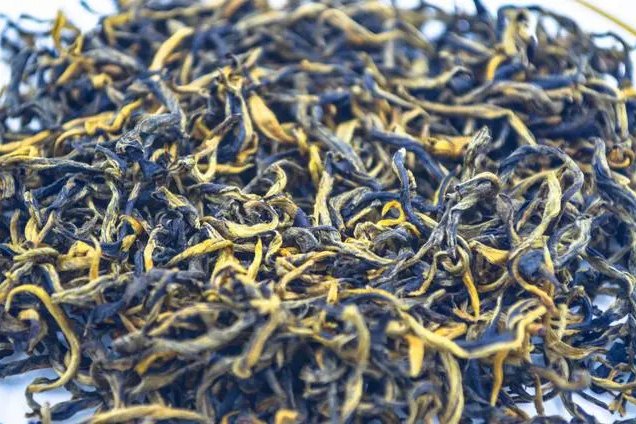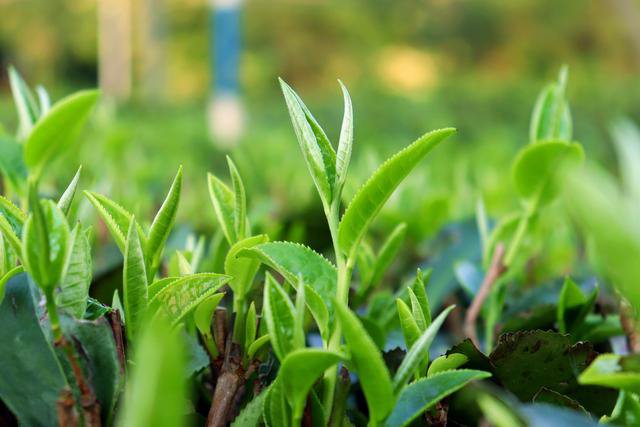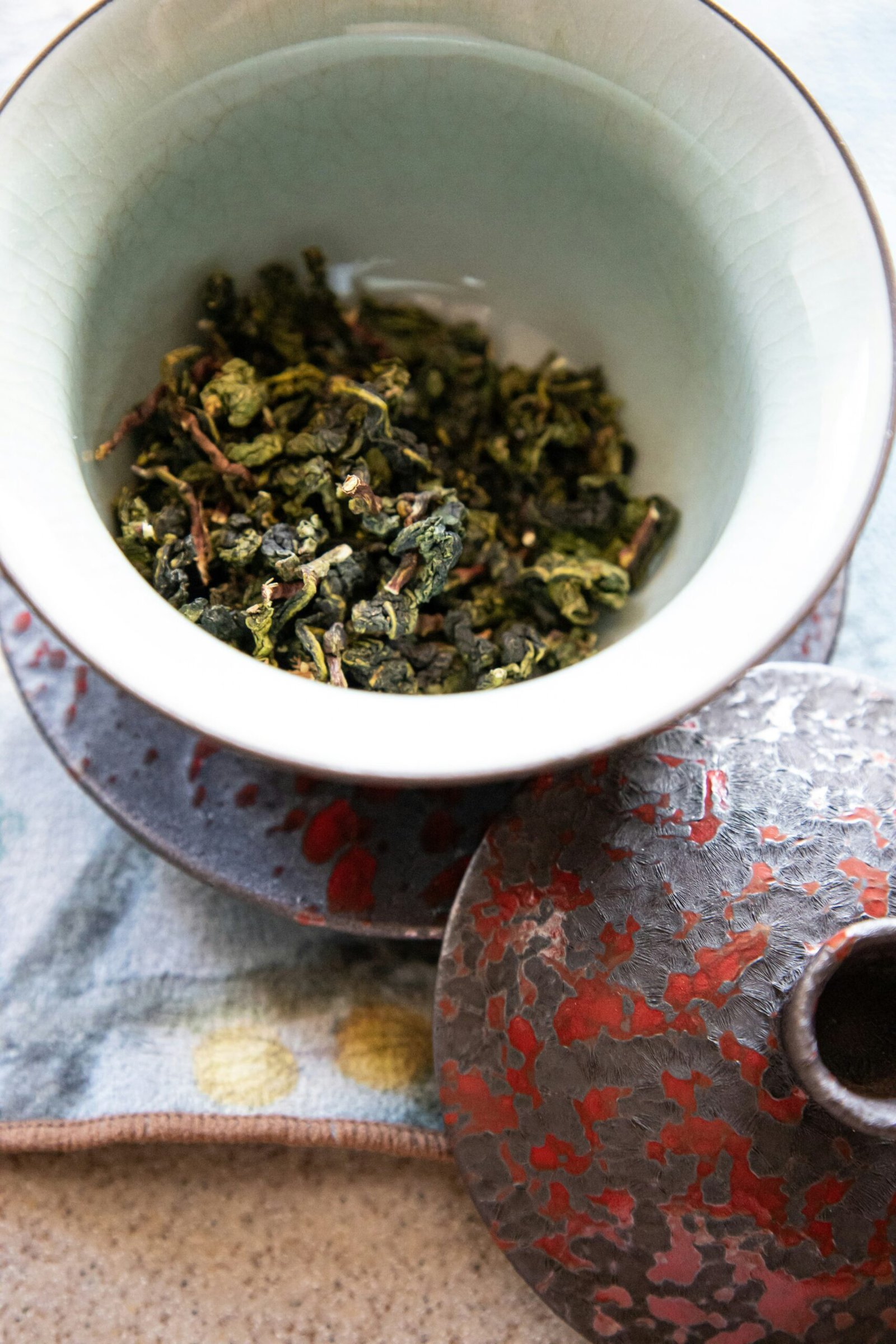Introduction to English-Style Tea and Chinese Black Tea
Tea has held a distinguished place in the cultural heritage of both England and China. In England, the concept of “tea” typically evokes the image of a warm, convivial gathering with a pot of specially blended leaves served with milk and possibly a slice of cake. This practice, deeply rooted in English tradition, dates back to the 17th century when tea was first imported from China by the East India Company. Over the centuries, English-style tea has evolved to encompass various blends that aim to create a consistent and rich flavor, often referred to simply as ‘black tea’ in the West.
Conversely, Chinese black tea, known as “hong cha” in Mandarin, has an equally rich yet vastly different history. Chinese black tea was first developed during the late Ming Dynasty (1368-1644) and refined through the Qing Dynasty (1644-1912). Black tea in China is a category that includes a diverse array of regional varieties, each with its own distinctive flavor profile and processing method. Unlike the Western conception of black tea, which primarily emphasizes blend consistency, Chinese black tea celebrates variety and complexity.
Culturally, tea drinking in England gained prominence with the introduction of the afternoon tea ritual in the 1840s, championed by Anna, the Duchess of Bedford. This practice became a quintessential part of British social life, characterized by an elegant ceremony. In contrast, in China, the significance of tea drinking is intertwined with philosophy, medicine, and art. The Chinese tea ceremony is not merely a social occasion but a spiritual pursuit, embodying the principles of harmony, respect, and tranquility.
Understanding the fundamental differences between English-style tea and traditional Chinese black tea requires an appreciation for their distinct historical origins and cultural contexts. This background serves as a foundation for a deeper exploration of how these two celebrated forms of tea differ in their preparation, presentation, and perception.
Processing Techniques and Tea Varieties
The processing techniques employed in the production of English-style tea and traditional Chinese black tea are integral to their distinct characteristics. These methods include oxidation, fermentation, and drying, each impacting the final flavor, aroma, and quality of the tea.
To begin with, oxidation plays a crucial role in both English and Chinese black teas. In the context of English-style black tea, tea leaves are fully oxidized, leading to a robust flavor profile typical of Assam and Darjeeling varieties. This process involves plucking the tea leaves, allowing them to wither, then rolling or crushing them to promote oxidation. Once the leaves develop the desired color and flavor, they are dried, halting the oxidation process.
Chinese black tea, on the other hand, undergoes a similar yet distinct set of processes. Tea varieties such as Keemun and Dian Hong are initially withered to reduce moisture content. The leaves are then rolled and carefully controlled for oxidation to develop a nuanced flavor. The fermentation process further refines the taste and aroma. Unlike some English teas, Chinese black tea often incorporates traditional drying techniques like pan-firing or sun-drying, which enhance its unique qualities.
Another notable difference lies in the types of tea leaves used. English black tea predominantly features Assam and Darjeeling leaves, which are known for their strong, malty, and brisk flavors. These varieties thrive in the specific climatic conditions of India, making them a staple in English breakfast teas and afternoon blends.
In contrast, Chinese black tea varieties such as Keemun and Dian Hong are cultivated in regions like Anhui and Yunnan provinces. Keemun is often described as having a complex, floral aroma with a hint of pine, while Dian Hong is renowned for its rich, sweet, and smooth flavor. These regional differences contribute significantly to the unique characteristics and global appreciation of Chinese black teas.
Flavor Profiles and Serving Traditions
When comparing English-style tea and Chinese black tea, a key area of distinction lies in their unique flavor profiles and traditional serving methods. English-style tea, often referred to simply as “tea” in Western contexts, typically possesses a robust, full-bodied flavor. This variety often displays malty undertones with astringent notes, contributing to its strong and decisive taste. The aroma tends to be rich and earthy, making it a familiar comfort to many. Serving English tea usually involves brewing loose leaves or tea bags in a teapot, with the common practice of adding milk, sugar, or even lemon to balance the tea’s inherent bitterness. The serving customs often include using fine china and adhering to specific brewing times to achieve the perfect infusion.
In contrast, traditional Chinese black tea, or “hongcha,” offers a more complex and nuanced flavor profile. Chinese black tea is renowned for its smooth and mellow taste, often with hints of caramel, honey, or floral notes, and a lingering, slightly sweet aftertaste. The aroma of Chinese black tea is equally distinctive, characterized by its layered, fragrant bouquet that captures the essence of the tea leaves’ meticulous processing. Serving traditions of Chinese black tea usually revolve around the Gongfu tea ceremony, an elaborate method focused on extracting the optimal flavor from the tea leaves. This ceremony uses specific tools such as the Gaiwan, a traditional lidded bowl, to steep the leaves multiple times in quick succession, allowing drinkers to appreciate the evolving flavors with each pour.
While English-style tea culture often embraces a communal experience with added accompaniments, traditional Chinese tea drinking emphasizes the purity and individual appreciation of the tea itself. Thus, Chinese black tea is typically consumed plain, though some regional practices might pair it with light snacks that complement its delicate flavors. Both traditions, rich in history and culture, highlight not only the diversity of black tea but also the different ways in which it can be savored and enjoyed across the globe.
Health Benefits and Cultural Impact
Both English-style tea and traditional Chinese black tea offer a range of health benefits, primarily due to their rich content of antioxidants and varied nutritional profiles. English-style tea, generally consumed with milk and sugar, contains flavonoids that aid in reducing the risk of heart disease. Moreover, it provides moderate amounts of caffeine, which can enhance alertness and concentration without causing the jitteriness associated with higher caffeine levels found in coffee.
On the other hand, Chinese black tea is renowned for its robust antioxidant properties, notably polyphenols that help combat oxidative stress and inflammation. The fermentation process specific to Chinese black tea enhances these compounds, making it incredibly beneficial for cardiovascular health. The caffeine content in Chinese black tea is slightly higher than that of English tea, contributing to improved mental focus and digestive health when consumed in moderation.
Beyond the health benefits, tea drinking serves as a significant cultural ritual in both England and China, reflecting deep-rooted traditions and social practices. In England, ‘afternoon tea’ is a cherished social event often accompanied by pastries and sandwiches, fostering community interactions and relaxation. This ritual, which gained popularity during the 19th century, has also played a role in British socio-economic history by promoting the import and consumption of tea from former colonies.
In contrast, Chinese tea culture dates back thousands of years and is intricately linked to philosophy and spirituality. The practice of Gongfu Cha, a meticulous method of preparing and serving tea, emphasizes mindfulness and the appreciation of fine tea leaves. Chinese black tea ceremonies often facilitate social bonding and are integral to celebrations, business meetings, and everyday relaxation. Historically, tea trade has significantly influenced Chinese politics and economy, acting as a pivotal commodity in international trade routes like the Silk Road.
Thus, tea, be it English-style or Chinese black tea, transcends its status as a mere beverage. It is an emblem of cultural identity, community bonding, and historical significance, enriching the lives of those who partake in its consumption.













